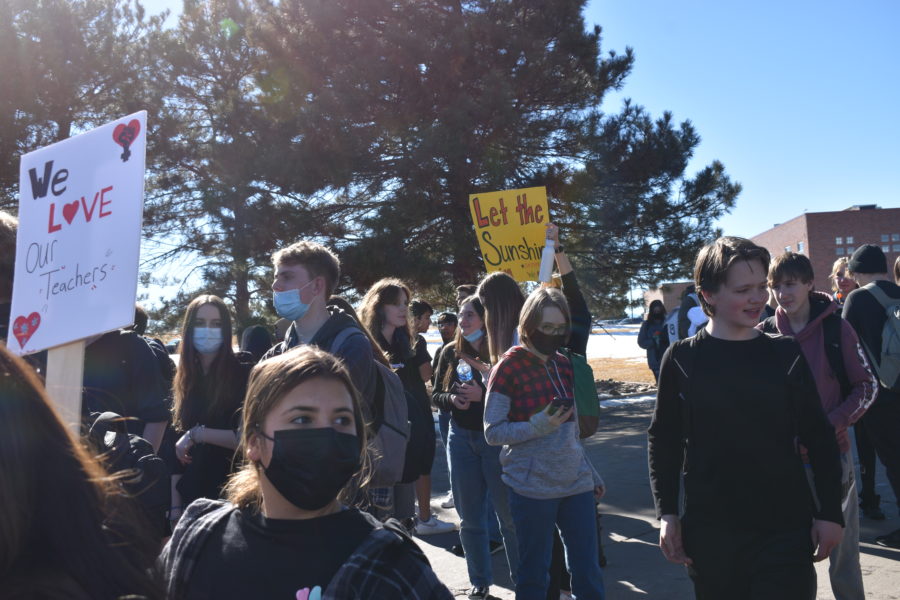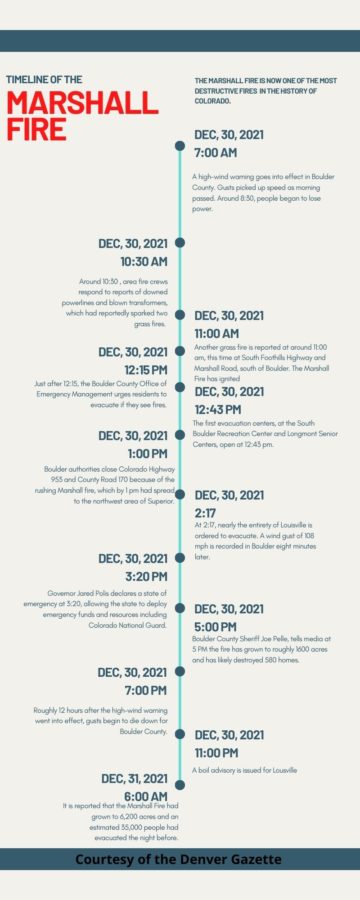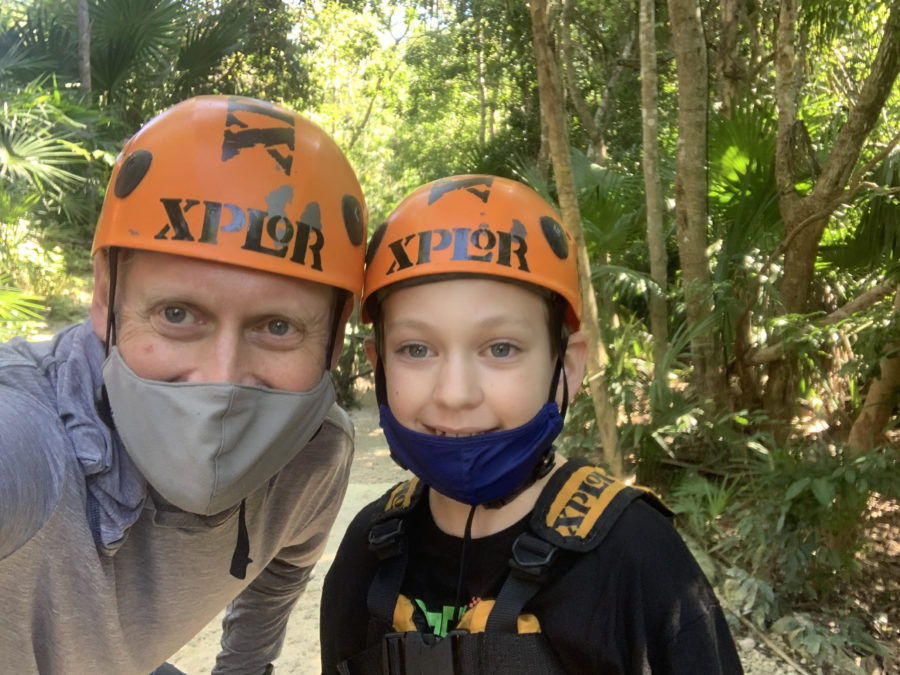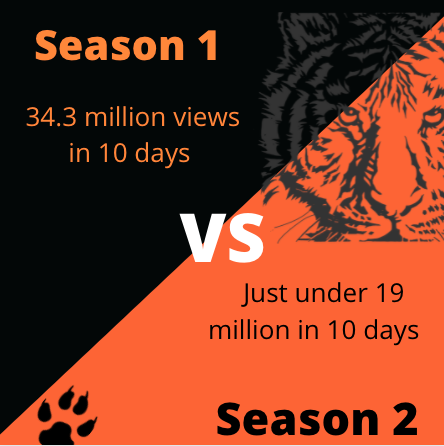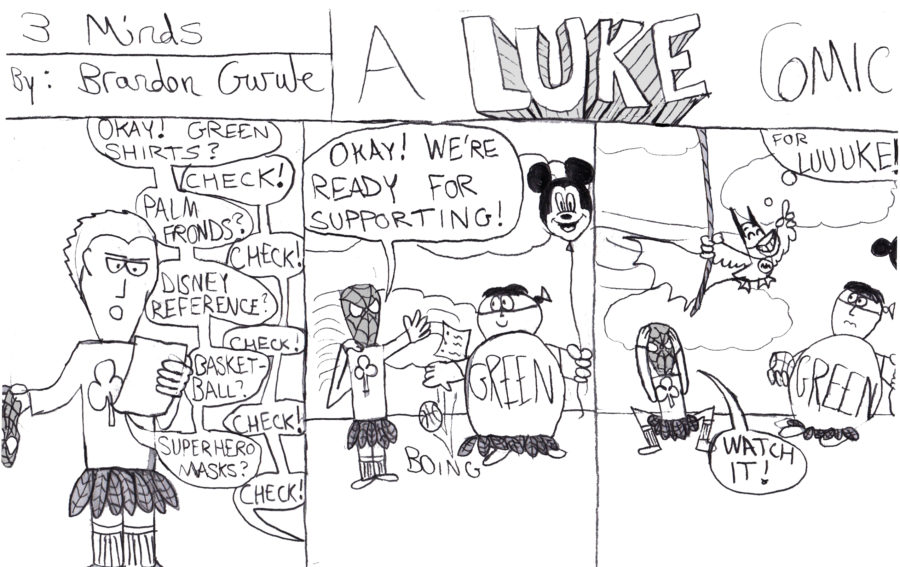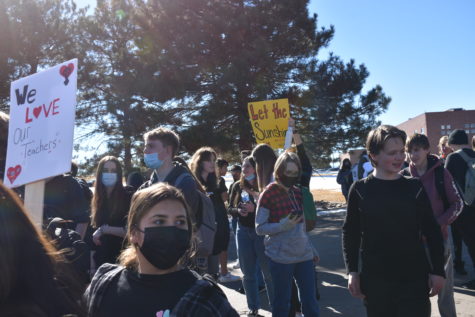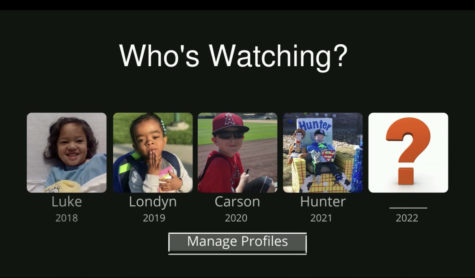Mauna Loa’s first eruption since 1984
December 14, 2022
Wednesday, November 30th, the Hawaii Volcano Observatory reported lava flow on Mauna Loa’s northeast flank. This means that the eruption is positioned on the side of the volcano, rather than the summit. It was observed at a 7,000 foot elevation, more than three miles from Daniel K. Inouye Highway.
If the lava flow were to cut through the Daniel K. Inouye highway, it would be detrimental to the island’s infrastructure. Transportation will be closing down highways if necessary, but as of now they remain open in both directions.
The flow is moving at speeds of one mph and is five to six miles long. It has already cut off a private road, resulting in a loss of power in an important global climate monitoring station. The state Department of Land and Natural Resources has determined that the lava has crossed Old Kona Highway, a dirt road that crosses Mauna Loa Forest Reserve, late Tuesday night.
Officials are stressing that the eruption does not pose a threat to downslope communities, but to remain vigilant as the eruption continues. This has allowed for two emergency centers to close because those who voluntarily evacuated are able to return to their residence.

Though they remain unaffected by the flow, there is a rising threat of vog, mixing vapor, oxygen and dust; particulates; and Pele’s hair, fine threads of volcanic glass in the area that are potentially dangerous in downwind areas.
Ken Hon, Hawaiian Volcano Observatory scientist-in-charge, said that there have been four fissures opened as part of the eruption, but only two are active. According to Hon, the “main” fissure has been spewing lava up to 100 feet into the air. There has also been a smaller, fourth fissure that opened up downrift early Tuesday.
According to a statement from Hon on Monday afternoon, the eruption was moving towards the northeast zone. This announcement alleviated fears from communities in the southwestern rift zone which would have been extremely impacted by the eruption.
If the flows had been in the southwestern rift region, it could reach population centers within hours, but its movement to the northeast region means it would take weeks or months to reach civilization.
The lava has stopped within four miles of Hilo, Hawaii. According to Hawaii News Now, “Authorities predict this eruption could last two weeks, but stress things could change.”

